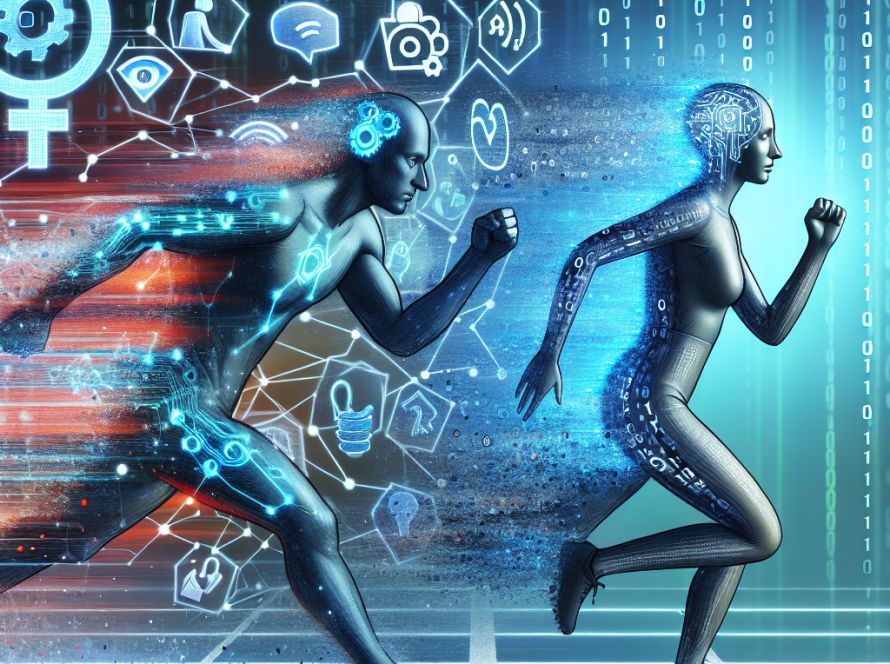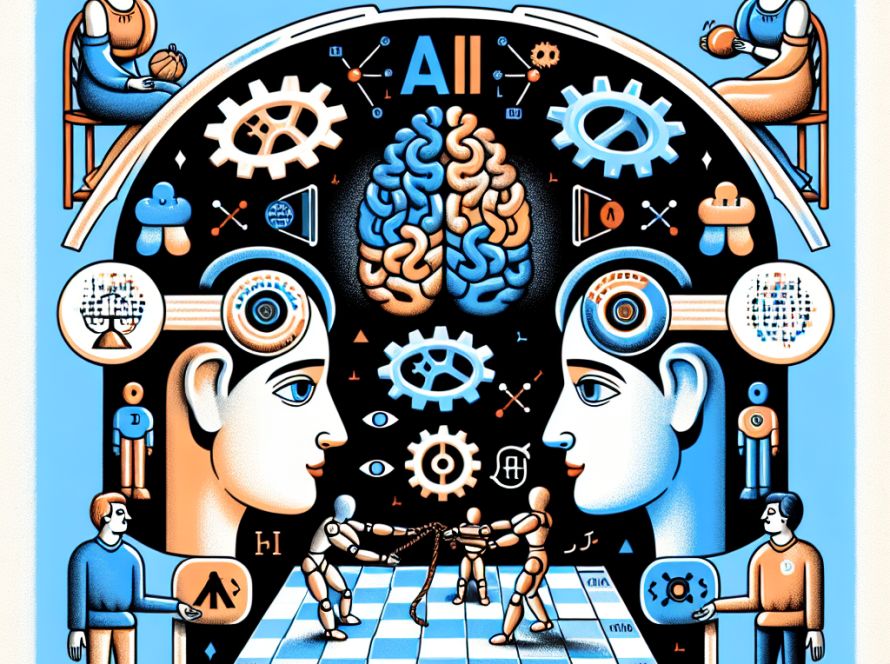OpenAI and Vertex AI are two of the most influential platforms in the AI domain as of 2024. OpenAI, renowned for its revolutionary GPT AI models, impresses with advanced natural language processing and generative AI tasks. Its products including GPT-4, DALL-E, and Whisper address a range of domains from creative writing to customer service automation. On the other hand, Google’s Vertex AI aims to democratise AI development with AutoML and integrated ML workflows. It offers tools like Gemini multimodal models and over 130 generative AI models.
OpenAI’s key features include its flagship AI model GPT (Generative Pre-trained Transformer), ChatGPT, DALL-E, Whisper and its Developer Platform. GPT provides advanced language understanding and generation capabilities. ChatGPT engages in detailed and coherent discussions, while DALL-E creates original images from textual descriptions. The Whisper model enhances global communication with accurate transcription and language translation. The Developer Platform offers comprehensive resources for developers to integrate AI functionalities into applications. The strengths of OpenAI lie in its unmatched natural language processing capabilities and versatility across various tasks. Regular updates ensure state-of-the-art solutions. Challenges include the significant expenses from intensive use of API calls and a steep learning curve for optimal use of its advanced products.
Vertex AI’s main features include Gemini Multimodal Models that handle diverse inputs, its AutoML offering, MLOps Tools, and its integration within Google Cloud Services. Gemini processes inputs like text, images, video, or code. AutoML allows users with limited machine learning expertise to effectively leverage Google’s AI technology. MLOps Tools improve management of ML projects. The platform offers a variety of over 130 models, excelling at handling diverse inputs. It also boosts operational efficiency, ideal for businesses already using Google’s ecosystem. A limitation of Vertex AI is that its extensive features can overwhelm newcomers. The deep integration with Google Cloud may restrict flexibility for users entrenched in other cloud services.
Comparatively, OpenAI’s GPT-4 offers superior natural language processing capabilities, which makes it ideal for advanced language understanding and generation tasks. Vertex AI’s AutoML features and MLOps support, provide a more extensive solution for complex AI projects. However, its learning curve could be steeper. The choice between OpenAI and Vertex AI entirely depends on the users’ needs and objectives. OpenAI might be favored by those prioritising advanced language capabilities and ease of implementation. Vertex AI may appeal more to those seeking a comprehensive set of tools for machine learning and AI model management.
In conclusion, both OpenAI and Vertex AI have significantly shaped the artificial intelligence landscape in 2024. OpenAI exceeds in natural language processing and generative AI capabilities making it ideal for creative endeavours. Vertex AI offers a comprehensive suite of AI model development and deployment tools catering to a broader spectrum of machine learning. The choice between these two AI powerhouses largely depends on the specific user requirements.


